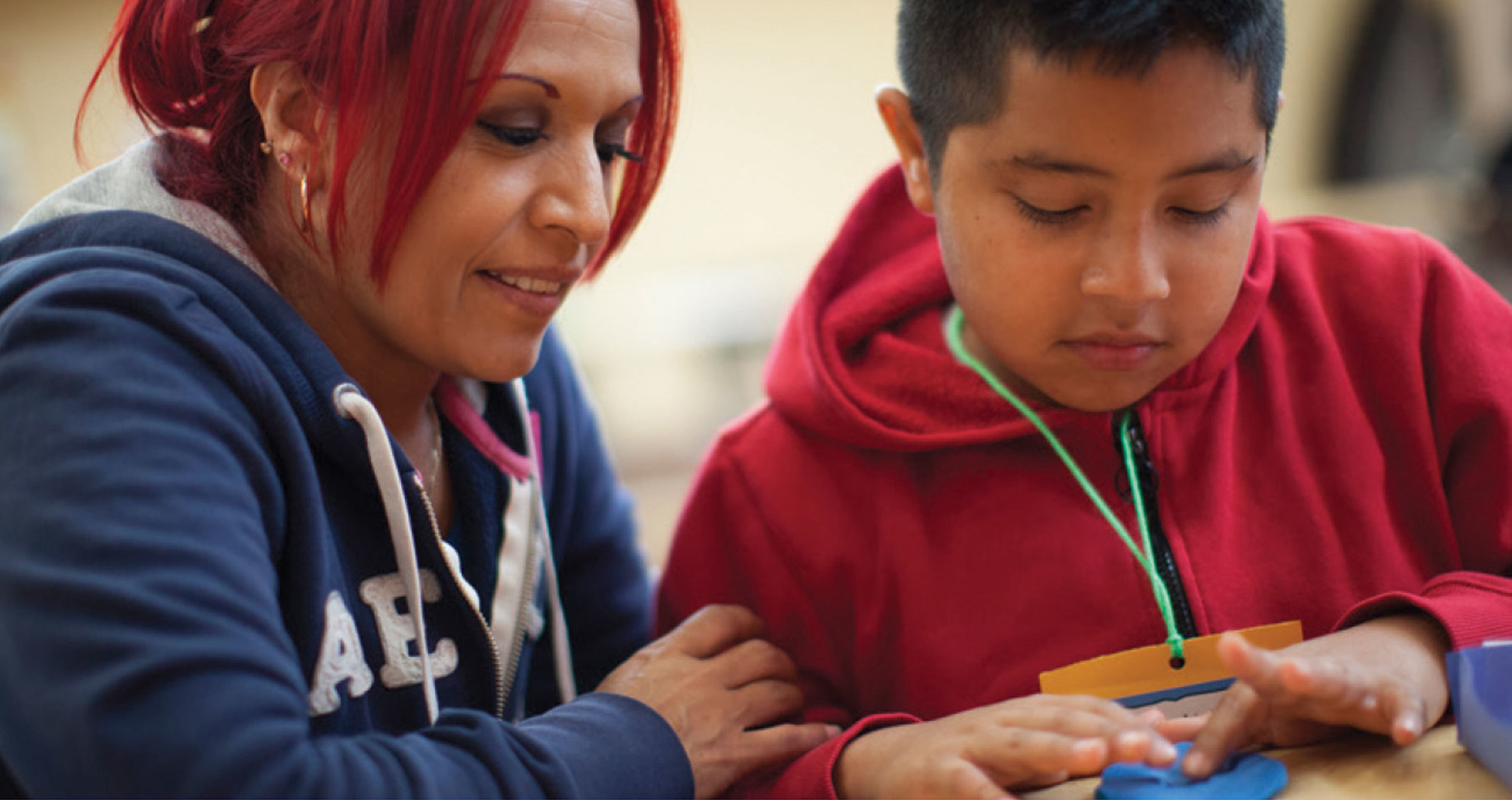For a low-income family, a day’s wages might only fulfill today’s basic needs: food, clothing and housing that may be temporary. But some families’ daily struggle to support themselves leaves nothing for tomorrow. To help children realize their full potential, families need savings and assets, the currency of the future.
Assets — emergency savings, a college fund, homeownership — provide the financial stability a family needs to create a quilt of resources that turns children’s dreams into plans. That quilt also serves as a security blanket of a family’s own making. Without it, what should be a temporary difficulty — a flat tire, a sick child, an injury — can become a crisis with permanent consequences, including a lost job or impossibly large debts. Family financial stability can easily be undermined by such events, eroding prospects for self-sufficiency and long-term success.1
The Great Recession was devastating for U.S. families, causing a collective $16 trillion loss in net worth.2 This loss disproportionately affected low-income families of color,3 perpetuating a racial wealth gap even as the racial income gap has narrowed.4
The median net worth of white households was more than 10 times greater than that of African-American or Latino families in 2013. While white families’ net worth rose by 2% from 2010 to 2013, Latino and African-American families’ net worth fell markedly — by 15% and 34%, respectively.5 The typical white household has slightly more than one month’s income in easily accessible savings, compared with just 12 days for the typical Latino household and only five for the typical African-American household.6 These dramatic differences are especially troubling given the critical importance of assets as an engine of the American Dream — a dream that is, increasingly, unequally achieved.
An uneven financial foundation causes daily family stress that harms children’s development and hinders their ability to grow into successful adults.7 Childhood is a time to imagine and prepare for the future; poverty can eclipse that horizon. While increasing income is important to moving families out of poverty, building assets helps them become financially stable and open doors to opportunity.
Falling Behind: The Racial Wealth Gap
Throughout much of our country’s history, the federal government has provided incentives to help families save and build assets. However, these policies — from retirement savings tax breaks to the home mortgage interest deduction — disproportionately benefit families with assets and do little for those with low incomes and minimal savings. This regressive pattern creates particular disadvantages for families of color, who are less likely to have savings or inherited resources.8 A home, for example, is a primary driver of net worth, making homeownership an important milestone for many American families.9 Yet systemic prejudice in zoning, building code enforcement, residential restrictions, mortgage practices and home insurance account for stark differences by race in homeownership and, therefore, net worth.10 Although home values among households of color took a much harder hit during the recent recession, especially in some communities, home equity remains an essential long-term asset that all families should be able to access.
For these reasons, many people of color have a far greater hill to climb to build assets — affecting their prospects for generations. We cannot afford to continue these patterns, especially as people of color make up more of our population.11 Family assets strongly correlate with indicators of child well-being — such as academic performance and self-esteem — and help children avoid negative consequences such as behavioral problems and teenage pregnancy.12
Yet 47% of Americans cannot handle a $400 emergency13 — the cost of replacing a car alternator, for example — let alone pay for college or a home. Nearly half of U.S. households could not subsist at the federal poverty level for three months if they suddenly lost their income, using experts’ most basic measure of assets.14 Not having savings exacts additional costs: Payday loans cost cash-strapped families $8.7 billion in interest and fees annually.15 Without savings, Americans also cannot start new businesses that stimulate our economy. An analysis of federal data recently found the share of people younger than 30 owning private businesses at a 24-year low, in part due to their low savings rate.16
Read the full article at: www.aecf.org






